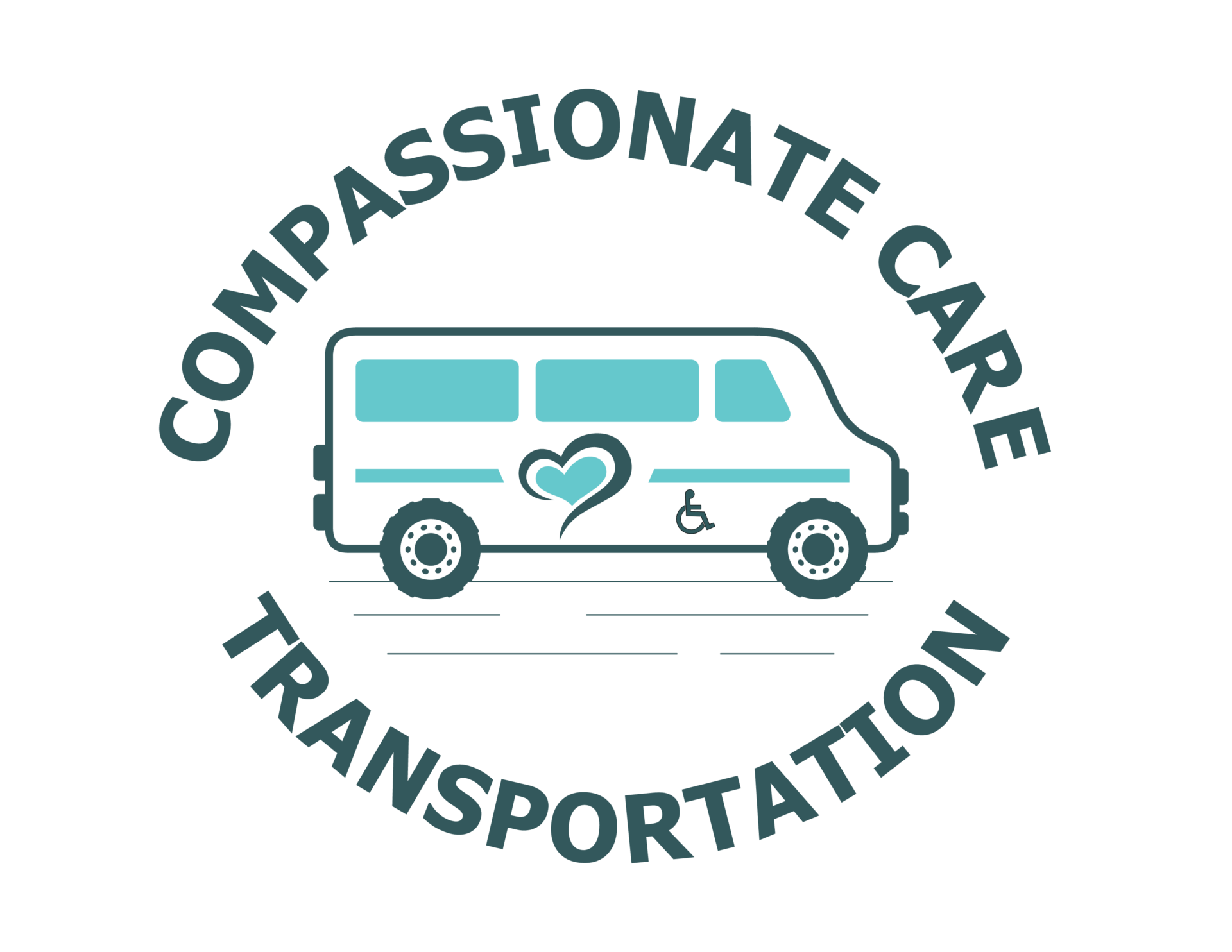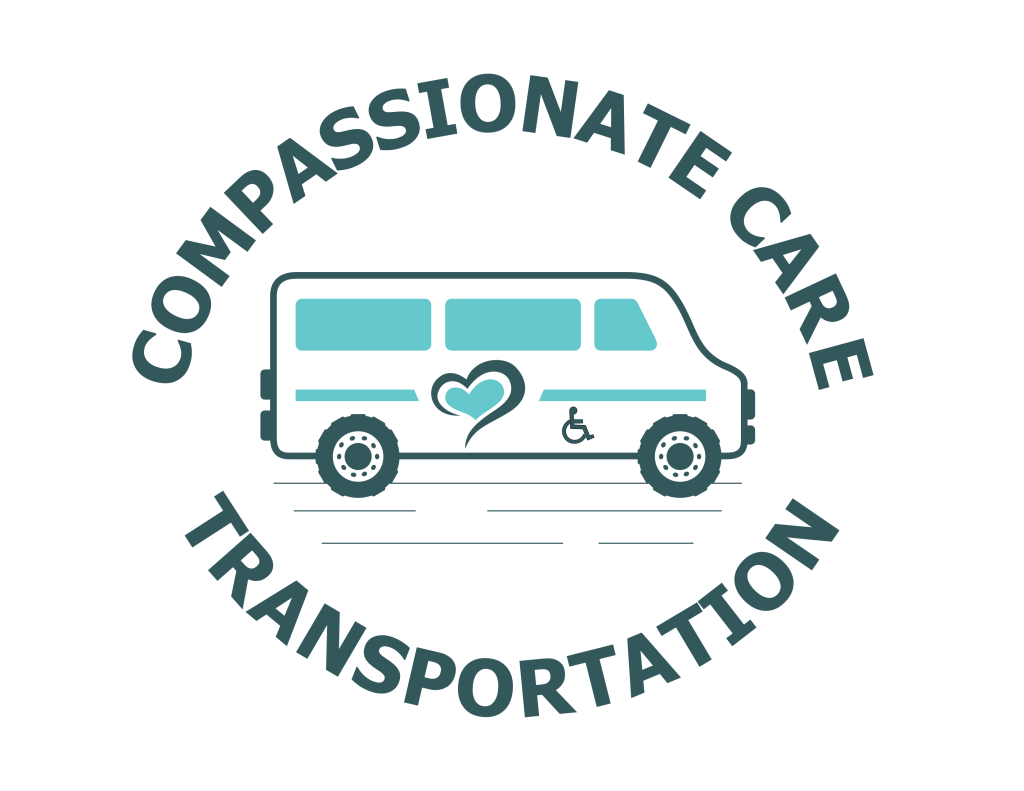Accessible transportation is a fundamental aspect of inclusive mobility for people with disabilities. It plays a crucial role in enabling individuals to participate fully in society, access education and employment opportunities, and engage in social and recreational activities. However, many barriers exist that prevent people with disabilities from accessing transportation services. This article will explore the importance of accessible transportation for inclusive mobility, the barriers that exist, the role of technology in improving accessibility, strategies for creating accessible public transportation systems, and the challenges and opportunities for the future.
The Importance of Accessible Transportation for Inclusive Mobility
Accessible transportation has a profound impact on the lives of people with disabilities. It provides them with the freedom and independence to travel to work, school, healthcare facilities, and social events. Without accessible transportation options, individuals with disabilities may be limited in their ability to participate in society and may face isolation and exclusion.
In addition to the individual benefits, accessible transportation also has broader societal advantages. When people with disabilities have access to transportation, they can contribute to the workforce, pursue education and training opportunities, and engage in community activities. This leads to increased economic productivity, diversity in the workplace, and a more inclusive society overall.
Understanding the Barriers to Accessible Transportation
Despite the importance of accessible transportation, there are numerous barriers that prevent people with disabilities from accessing these services. Physical barriers include inaccessible infrastructure such as lack of ramps or elevators at train stations or bus stops. Financial barriers can arise from the high cost of specialized vehicles or assistive devices needed for transportation. Attitudinal barriers involve negative attitudes or stereotypes towards people with disabilities that can lead to discrimination or exclusion.
These barriers have a significant impact on people with disabilities. They may be unable to access education or employment opportunities due to lack of transportation options. They may also face challenges in accessing healthcare services or participating in social activities. The lack of accessible transportation can lead to social isolation, limited independence, and reduced quality of life for individuals with disabilities.
The Role of Technology in Improving Accessible Transportation
| Metrics | Description |
|---|---|
| Number of accessible transportation options | The total number of transportation options that are accessible to people with disabilities. |
| Percentage of accessible transportation options | The percentage of transportation options that are accessible to people with disabilities. |
| Number of people with disabilities using accessible transportation | The total number of people with disabilities who use accessible transportation options. |
| Percentage of people with disabilities using accessible transportation | The percentage of people with disabilities who use accessible transportation options. |
| Cost of implementing accessible transportation technology | The total cost of implementing technology to make transportation accessible to people with disabilities. |
| Cost savings from implementing accessible transportation technology | The total cost savings from implementing technology to make transportation accessible to people with disabilities. |
| Number of complaints related to inaccessible transportation | The total number of complaints related to transportation that is inaccessible to people with disabilities. |
| Percentage of complaints related to inaccessible transportation | The percentage of complaints related to transportation that is inaccessible to people with disabilities. |
Technology has the potential to greatly improve accessible transportation options for people with disabilities. Ride-sharing apps, such as Uber and Lyft, have made it easier for individuals with disabilities to request accessible vehicles. These apps allow users to specify their accessibility needs and connect them with drivers who have accessible vehicles. This has increased the availability and convenience of accessible transportation options.
Assistive devices also play a crucial role in improving accessibility. Wheelchair ramps, lifts, and securement systems in buses and trains enable individuals with mobility impairments to board and disembark safely. Additionally, GPS technology can help individuals with visual impairments navigate public transportation systems by providing real-time information about bus or train arrivals and departures.
Emerging technologies, such as autonomous vehicles, hold great promise for improving accessible transportation. Self-driving cars have the potential to provide on-demand transportation services for people with disabilities who may not be able to drive themselves. These vehicles can be designed with accessibility features, such as ramps or lifts, to accommodate individuals with mobility impairments.
Strategies for Creating Accessible Public Transportation Systems
Creating accessible public transportation systems requires a comprehensive approach that addresses both physical and attitudinal barriers. Designing for universal access is a key strategy in creating inclusive transportation systems. This involves ensuring that infrastructure, vehicles, and services are designed to accommodate the needs of all individuals, regardless of their abilities.
Training for staff is another important strategy. Public transportation employees should receive training on disability awareness, communication techniques, and how to assist individuals with disabilities. This can help create a more inclusive and welcoming environment for passengers with disabilities.
Several cities around the world have implemented successful accessible public transportation systems. For example, London’s public transportation system is known for its accessibility features, including step-free access at many stations, audio-visual announcements, and staff trained in disability awareness. Similarly, the city of Barcelona has made significant efforts to improve accessibility in its public transportation system, including the installation of ramps and elevators at metro stations and the use of tactile paving for individuals with visual impairments.
Making Private Transportation More Accessible for People with Disabilities

While public transportation systems have made progress in improving accessibility, private transportation services such as taxis and ride-sharing apps still face challenges in providing accessible options. Many taxis are not equipped to accommodate individuals with mobility impairments, and ride-sharing apps may not always have accessible vehicles available.
However, there have been successful initiatives to improve accessibility in private transportation. For example, in New York City, the Taxi and Limousine Commission has implemented regulations requiring a certain percentage of taxis to be wheelchair accessible. This has increased the availability of accessible taxis for individuals with disabilities.
Ride-sharing apps have also taken steps to improve accessibility. Uber, for example, has introduced an option for users to request wheelchair-accessible vehicles. They have also partnered with organizations that provide training to drivers on how to assist passengers with disabilities.
Addressing the Needs of Rural Communities in Accessible Transportation
Providing accessible transportation in rural communities presents unique challenges. The lack of infrastructure and limited public transportation options can make it difficult for individuals with disabilities to access essential services or participate in community activities.
However, there have been successful initiatives to improve accessibility in rural areas. Some communities have implemented demand-responsive transportation services that allow individuals to request transportation on an as-needed basis. These services can be particularly beneficial for individuals with disabilities who may require specialized vehicles or assistance.
Additionally, technology can play a role in improving accessibility in rural areas. Telemedicine, for example, allows individuals to access healthcare services remotely, reducing the need for travel. Online education and remote work opportunities can also help individuals with disabilities overcome transportation barriers in rural communities.
Promoting Accessible Transportation in Developing Countries
Providing accessible transportation in developing countries presents unique challenges due to limited resources and infrastructure. Many developing countries lack accessible public transportation systems and face significant barriers in providing transportation services for individuals with disabilities.
However, there have been successful initiatives to improve accessibility in developing countries. For example, in India, the city of Chennai has implemented an accessible public transportation system that includes low-floor buses, ramps, and designated seating for individuals with disabilities. This has greatly improved accessibility for people with disabilities in the city.
International organizations and non-governmental organizations (NGOs) also play a crucial role in promoting accessible transportation in developing countries. These organizations provide funding, technical assistance, and capacity building to support the development of accessible transportation systems.
The Economic Benefits of Accessible Transportation
Accessible transportation not only benefits individuals with disabilities but also has significant economic advantages. When people with disabilities have access to transportation, they can participate in the workforce, increasing employment opportunities and contributing to economic growth. This leads to reduced reliance on social welfare programs and increased tax revenue.
Accessible transportation also reduces healthcare costs. When individuals with disabilities can access healthcare services easily, they are more likely to receive timely and appropriate care, reducing the need for emergency room visits or hospitalizations.
Furthermore, accessible transportation promotes tourism and travel, generating revenue for local economies. When destinations are accessible, individuals with disabilities are more likely to visit and spend money on accommodations, dining, and entertainment.
Advocating for Accessible Transportation: The Importance of Community Involvement
Community involvement is crucial in advocating for accessible transportation. Individuals with disabilities, their families, disability advocacy organizations, and community members all play a role in raising awareness about the importance of accessibility and advocating for change.
Community-led initiatives have been successful in improving accessibility in many areas. For example, disability advocacy groups have worked with local governments to implement accessibility features in public transportation systems. They have also organized awareness campaigns and public events to promote inclusive transportation.
Community involvement can also help identify specific needs and barriers that may not be apparent to policymakers or transportation providers. By engaging with individuals with disabilities and their families, community members can provide valuable insights and perspectives that can inform the development of accessible transportation solutions.
The Future of Accessible Transportation: Innovations and Challenges
The future of accessible transportation holds great promise, but also presents challenges that must be addressed. Emerging technologies, such as autonomous vehicles, have the potential to revolutionize accessible transportation. Self-driving cars can provide on-demand transportation services for individuals with disabilities, increasing independence and mobility.
However, there are challenges that must be overcome to achieve truly inclusive mobility. Ensuring that emerging technologies are designed with accessibility in mind is crucial. This includes considering the needs of individuals with different types of disabilities and ensuring that vehicles and infrastructure are universally accessible.
Additionally, affordability remains a significant barrier to accessible transportation. Many individuals with disabilities face financial constraints that prevent them from accessing specialized vehicles or assistive devices. Addressing these affordability issues is essential to ensure that accessible transportation is truly accessible to all.
Accessible transportation is a fundamental aspect of inclusive mobility for people with disabilities. It enables individuals to participate fully in society, access education and employment opportunities, and engage in social and recreational activities. However, many barriers exist that prevent people with disabilities from accessing transportation services.
Technology has the potential to greatly improve accessible transportation options, but challenges remain in making private transportation more accessible and addressing the needs of rural communities and developing countries. The economic benefits of accessible transportation are significant, and community involvement is crucial in advocating for change.
The future of accessible transportation holds great promise, but also presents challenges that must be addressed. By working together, we can create a more inclusive society where everyone has equal access to transportation and the opportunities it provides.
If you’re looking for reliable transportation services for elderly individuals, you may find this article on Compassionate Care Transportation’s website helpful. It provides valuable information on what to know when transporting senior citizens, including important considerations and tips to ensure a safe and comfortable journey. Whether you need senior transportation to doctor appointments or simply want to find transportation services for the elderly near you, this article offers useful insights. Check it out here.

